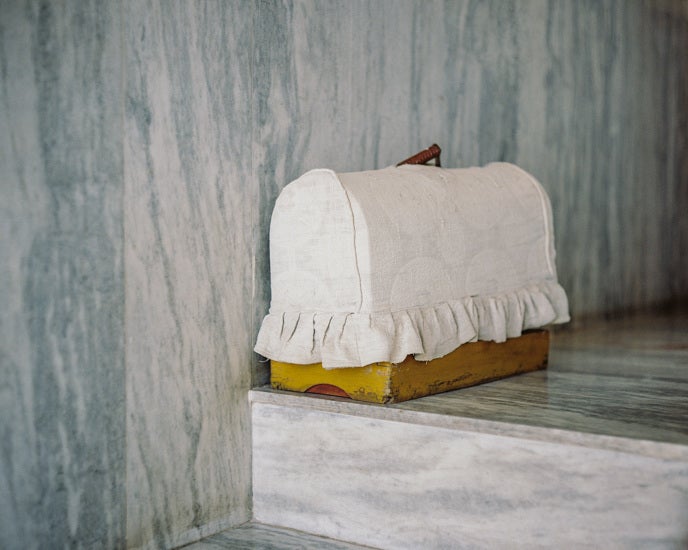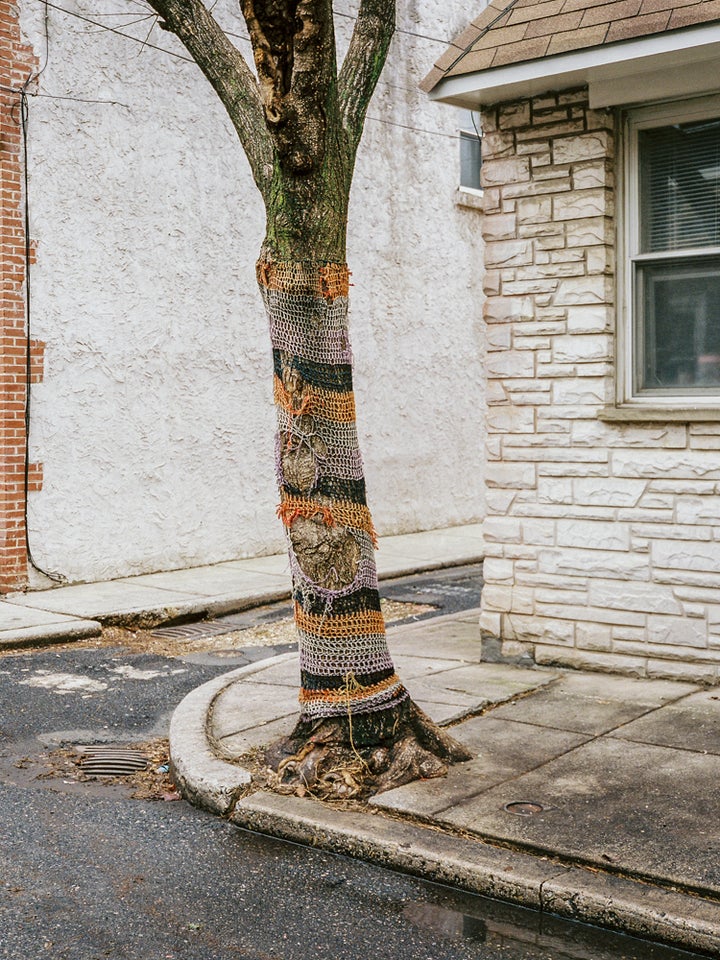
When I tell people that I am a photographer, they usually respond with: So, what do you like to take pictures of?
While it’s seems like a simple question, I’ve never had a simple answer. However, while revisiting some of my recent writing, photographs, and general thoughts I started to notice a common thread that connected everything. I am drawn to the wabi-sabi that exists all around us.
Wabi-sabi is a Buddhist and Japanese philosophy most commonly described as the discovery of beauty in imperfection; the acceptance of the cycle of life and death. Like any philosophy, there are a variety of interpretations; this is merely my take.

For me, the beauty in imperfection relates to the human element. It reminds me that people are still capable of being resourceful and innovative within their real world environments. Whether it is problem-solving by repurposing materials or as simple as personalizing a front stoop, the human element is the evidence of our existence and is often found within the details.
Despite my appreciation for the human element, I rarely actually photograph humans. In fact, I find myself avoiding the same people that I want to identify. I’ll wait for an area to clear out, or return to a location when I know it will be quiet. I could try to make more portraits, but photographing someone’s appearance isn’t the only way to speak about their identity. A lot can be learned about a person based on their personal touch.

However, as society struggles to become more streamlined, we move further away from the human element. There is an overwhelming desire to be more efficient and productive in work and logistics. There are apps and electronics designed to eliminate human error and interaction; Combined with an overload of notifications and alerts to make sure everything’s running smoothly. Automated everything.
More and more, it seems that eventually people won’t even need to leave their homes. They can live in their own cyber bubbles and virtual realities, similar to a world seen in the movie WALL-E.
Wabi-sabi also speaks to the concept of suffering, or as I call it: inconvenience. Society is dictated by the fear of inconvenience. It’s one of the underlying premises of our high-tech world. People cannot handle any ounce of inconvenience in their lives. One would rather spend more time circling a block for a closer parking spot, than parking a little further and appreciating a stress-free walk to their destination.

I realize that sometimes it’s okay to be cold in the winter or feel the elements of my environment. I don’t need to speed past slow drivers, only to end up next to one another at the next stop light. I try not to let little inconveniences linger in my thoughts, and I allow myself to drift through neighborhoods and stumble upon unexpected moments.
Our existence is temporary and ever-changing, and so is the natural world that surrounds us. In terms of wabi-sabi, this refers to the idea of impermanence. There is no better way to explain this than in the beauty found in dying leaves or manmade structures being reclaimed by ecosystems. Similar to the natural world, impermanence also exists in everyday life.

Like most of my writing, this article started with my notebook and a coffee shop. On one particular day, the barista offered me good luck in the form of her favorite mug. In my head, I expected it to have some unique design or graphic, however it was just a simple white mug with a ribbed base. As I sat down with yet another writer’s block, I started to analyze this mug. I could see it’s history through its slightly chipped ceramic rim and its small black scratches.
We all have these objects. They carry a sentimental value that is hard to describe. Usually the objects with the most sentimental value are ones that combine a personal and physical history; They are special despite their faults. What makes sentimental value so intriguing is that it cannot be measured and is completely subjective.

Perfection acts the same way. It cannot be measured and is completely subjective. Everyone has a different expectation of perfection and it’s constantly changing, yet society strives to define it as a specific quality. This is probably why brown people in Asia use skin whitening lotions, and white people in the United States go to tanning salons. People are busy chasing someone else’s concept of perfection, without realizing the beauty that already exists in their individuality.
Wabi-sabi is a key philosophy when it comes to my creativity and how I process the world. So, the simple answer to that initial question is: I like to photograph the beauty in imperfection.

**I must give Andrew Fedynak credit for first introducing me to wabi-sabi during a graduate school critique.
